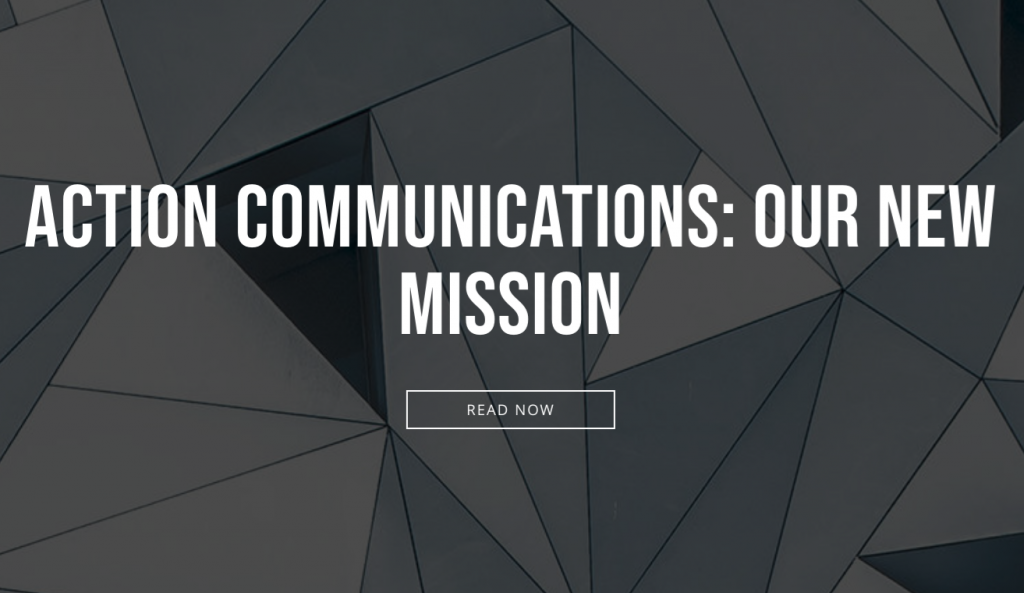The evolution of public relations
According to Grunig and Edelman

About the author
Richard Bailey Hon FCIPR is editor of PR Academy's PR Place Insights. He teaches and assesses undergraduate, postgraduate and professional students.

Students of PR courses still encounter the Four Models of Public Relations (showing evolution from the discredited ‘press agentry/publicity’ of the past to an ethical ‘two-way symmetric’ model). In one reassuring table, US scholars James Grunig and Todd Hunt had found a neat way of distancing professional public relations from propaganda.
Decades later, academics are still referencing this model (published in a 1984 textbook) and lecturers are still using it in their teaching. Yet is it correct to place publicity stunts firmly in the past? Is it fair to argue that lies, deceit and manipulative practices can be consigned to history? Because, if so, why is there so much talk about fake news and so much concern about propaganda online?
In part, we still teach the Four Models because we need ways to simplify complexity – and it’s reassuring to suggest that public relations practice improves over time.
So, we teach the Four Models even though we’ve not convinced ourselves there’s such a neat distinction to be made between propaganda and ethical public relations. The reason for this is the need to account for advocacy and persuasion. Are these to be considered as propaganda, or welcomed as central to public relations (as Conor McGrath and Kevin Moloney have argued in Rethinking Public Relations)?
If not Grunig and Hunt, then who should we turn to and is there an alternative framework to give us hope for a better future?
Richard Edelman leads his family firm, the world’s largest independent public relations agency network. Clearly, here’s someone with a vested interest in promoting public relations – but also someone whose views should be respected.
So let’s summarise where he thinks the discipline is heading. I detect three phases.
Phase one: Pure public relations. Edelman’s global competitors are all part of larger, listed marketing services holding companies (WPP, Interpublic, Omnicom, Publicis) so an independent firm’s focus on pure-play public relations could be presented as a competitive advantage. Edelman was not standing still by clinging onto traditional models, though. It moved very quickly to take advantage of opportunities presented by the emergence of digital media in the early years of this century.
Phase two: Marketing communications becomes communication marketing. The problem is, clients – often chief marketing officers (CMOs) – demanded a more integrated approach, and integrated marketing communications (IMC) became the buzz phrase. However you look at it, this appears to relegate public relations to a subsidiary role. The big ideas, and the big budgets, would go elsewhere. So Edelman cleverly subverted the conventional phrase and turned it on its head: ‘communications marketing’. Communications – or public relations – should take the lead, with other marketing channels such as advertising functioning as supporting acts.
Phase three: Action communications. Edelman has been discussing trust for decades though its annual Trust Barometer study. Yet what surer way is there to erode trust than the charge ‘all talk and no action.’ That’s the problem of making communication central to your proposition. So this year, speaking at the PRCA National Conference, Richard Edelman raised the bar by calling for a new mission for public relations.
‘Today, I’m calling for our industry to change from defence to offence. I want clients to change now: not wait for a crisis.’
‘[Five years ago] I suggested that the marketing services business be reclassified as ‘communications marketing’: PR before advertising and digital so you established a foundation of trust. In short this described my own firm’s strategy of moving beyond PR and into communications to compete with ad agencies and digital firms; to work with CMOs [chief marketing officers] and CCOs [chief communication officers].
‘Today, I want to propose a further evolution of strategy for our sector – action communications, a major step beyond McCann Erickson’s 1912 slogan ‘Truth Well Told’. Our new mantra is ‘do, say, advocate.’
‘This is the moment for communication leaders to force substantive change by companies and brands. Less image and persuasion, and more tangible accountability.
‘Our success will be measured not only by business impact but by improvement in society.
The new way is multi-stakeholder, starting with the employees who are our first priority. We have to go beyond communications that are transactional; we have to have relationships that are built on mutuality and trust.
‘How will we know action communications when we see it? There’s also an incredibly important role for brands in taking on the important issues of the day, setting a higher standard of societal behavior.
‘Our creative has to be emotional and factual – different to advertising.
‘We will determine appropriate action by asking the following questions: Does our creative solve a clear societal need? Does it have a clear connection with the company or brand? Does it satisfy employee expectations? Does it meet the needs of shareholders and other stakeholders? And finally – and most important of all – not every client is worthy of our attention and support. We are not lawyers, we are public advocates.
‘Will this pivot work? Employees only want to stay with companies that act on values.
‘I look at PR as the one communication modality that is for action, not image and perception.’